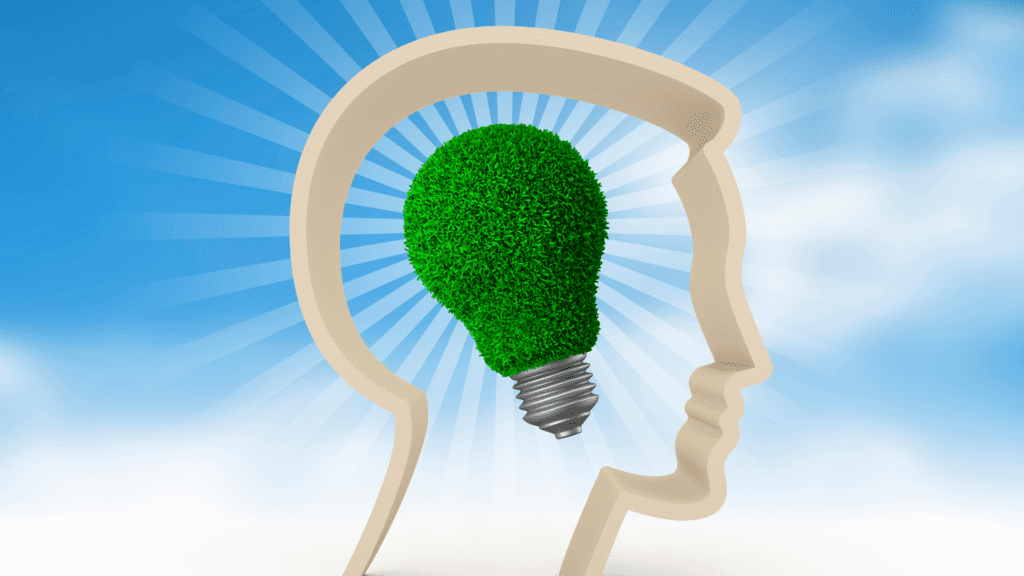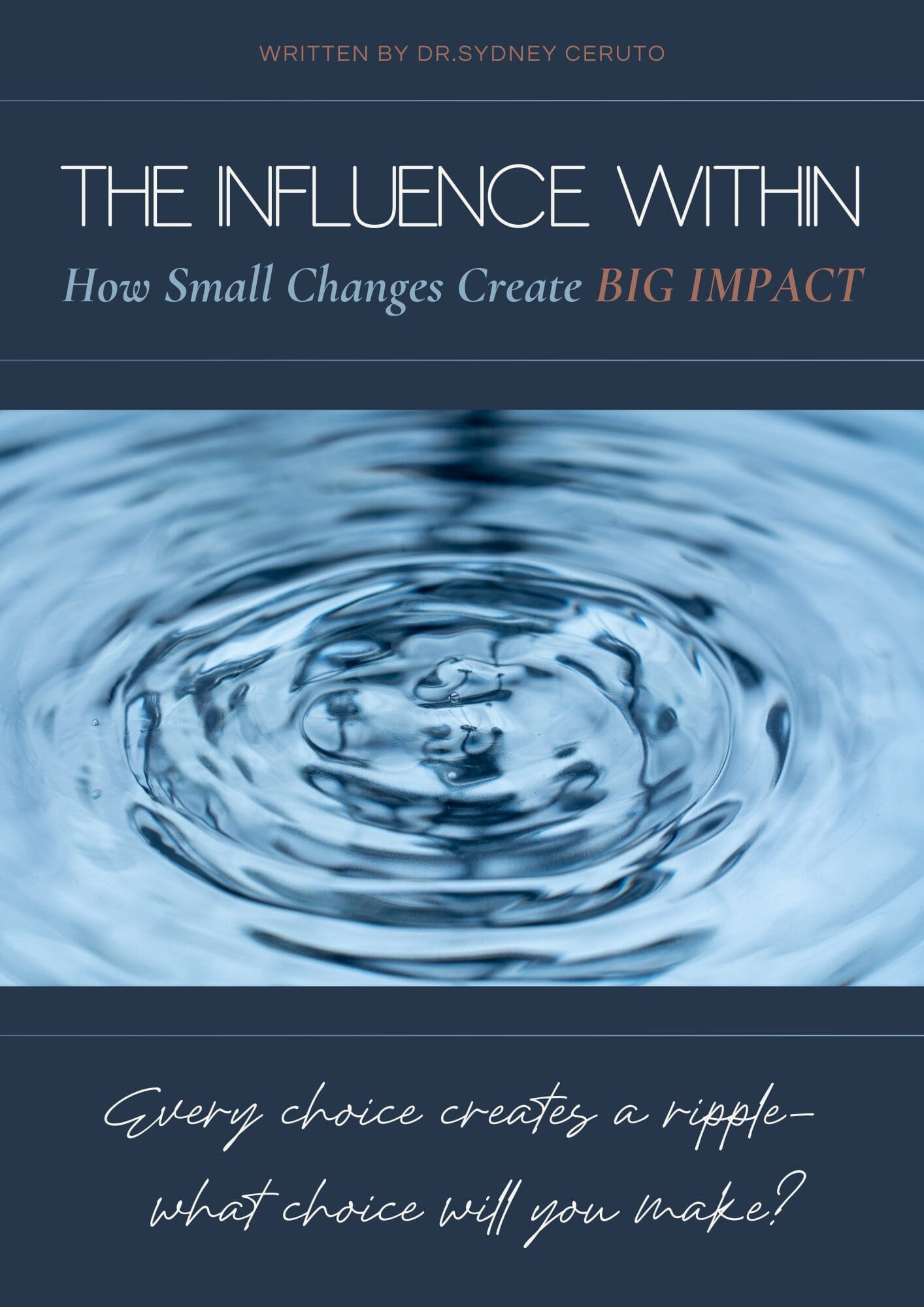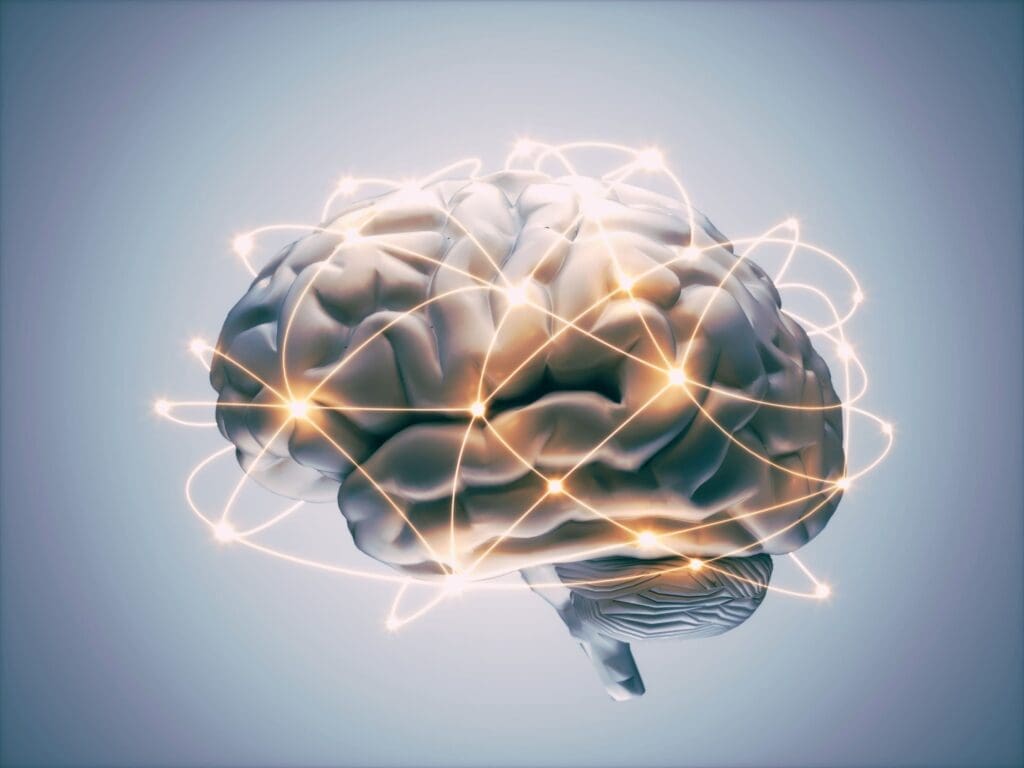In our fast-paced, interconnected world, the journey to self-awareness has become more crucial than ever. As we navigate complex personal and professional landscapes, understanding ourselves deeply can be the key to unlocking our full potential, improving our relationships, and leading more fulfilling lives. This comprehensive guide explores the fascinating intersection of intersection of neuroscience and self-awareness, offering you a transformative 5-step neuroscience guide to personal growth backed by cutting-edge research. Prepare to embark on an enlightening journey that will revolutionize your understanding of yourself and your place in the world.
The Neuroscience of Self-Awareness: An Introduction
Before we delve into the practical steps, it’s essential to understand what self-awareness means from a neuroscientific perspective. Self-awareness is the ability to recognize and understand our own thoughts, feelings, and behaviors. It’s a complex cognitive process that involves multiple areas of the brain, including the prefrontal cortex, insula, and anterior cingulate cortex.
Recent neuroimaging studies have shown that self-awareness is not localized to a single brain region but rather emerges from the interplay of various neural networks. This distributed nature of self-awareness in the brain underscores its complexity and importance in our cognitive functioning.
Understanding Neuroplasticity: The Brain’s Remarkable Ability to Change
At the heart of our approach to enhancing self-awareness lies the concept of neuroplasticity. This fundamental property of the brain forms the basis for our ability to learn, adapt, and grow throughout our lives. Neuroplasticity refers to the brain’s ability to reorganize itself by forming new neural connections and modifying existing ones. This remarkable feature allows our brains to adapt to new experiences, learn new information, and even recover from brain injuries. It’s the brain’s way of rewiring itself in response to our experiences, thoughts, and behaviors.Key aspects of neuroplasticity include:
- Structural Plasticity: This involves the brain’s ability to actually change its physical structure as a result of learning. When we learn new skills or memorize new information, our brain creates new connections between neurons. Over time, these new connections can become stronger and more efficient, leading to lasting changes in brain structure.
- Functional Plasticity: This refers to the brain’s ability to move functions from a damaged area to other undamaged areas. This is particularly important in recovery from brain injuries or strokes. The brain can reorganize itself to compensate for lost functions, often in remarkable ways.
- Synaptic Plasticity: This is the ability of synapses (the connections between neurons) to strengthen or weaken over time, changing the brain’s neural networks. This process is crucial for learning and memory formation. When we repeatedly engage in a thought or behavior, the synapses involved in that neural pathway become stronger, making it easier for that pattern to be activated in the future.
- Neurogenesis: While most prevalent during embryonic development, the brain can continue to create new neurons throughout life, particularly in the hippocampus, an area crucial for learning and memory. This process of creating new brain cells can be influenced by factors such as exercise, diet, and mental stimulation.
Understanding neuroplasticity is empowering because it means that our brains are not fixed; they are malleable and capable of change throughout our lives. This concept is fundamental to the practices we’ll explore for enhancing self-awareness. By engaging in specific activities and thought patterns, we can literally reshape our brains to support greater self-awareness, emotional regulation, and personal growth.Now, let’s explore the five neuroscience-based steps to enhance your self-awareness, leveraging the power of neuroplasticity.

Step 1: Recognize Your Patterns
The first step in developing self-awareness is to identify your habitual thoughts, emotions, and behaviors. Our brains are wired to create patterns and shortcuts, which can sometimes lead to automatic responses that don’t serve us well. By recognizing these patterns, we can begin to make conscious choices about our reactions and behaviors.Techniques for Pattern Recognition:
- Mindful Observation: Set aside time each day to observe your thoughts and feelings without judgment. This practice, rooted in mindfulness meditation, helps you become more aware of your internal experiences. Start with just 5 minutes a day and gradually increase the duration.
- Journaling: Keep a daily journal where you write down your experiences, reactions, and reflections. Over time, you’ll start to notice recurring themes and patterns in your thoughts and behaviors. Try to be as honest and detailed as possible in your entries.
- Feedback Seeking: Ask trusted friends, family members, or colleagues for honest feedback about your behavior patterns. Sometimes, others can see patterns in our behavior that we’re blind to. Be open to their observations and resist the urge to become defensive.
- Habit Tracking: Use a habit tracking app or a simple notebook to monitor specific behaviors you want to change or improve. This can help you identify triggers and patterns associated with these habits.
- Emotional Mapping: Create an “emotional map” of your typical day or week. Note down the emotions you experience at different times and in different situations. Look for patterns in when and where certain emotions tend to arise.
By recognizing these patterns, you create the opportunity to pause and choose more intentional responses. This awareness is the first step towards making positive changes in your life.
Step 2: Understand Your Triggers
Triggers are stimuli that provoke strong emotional or behavioral reactions, often rooted in past experiences or learned associations. Identifying your triggers is crucial for managing your responses and developing greater emotional regulation.Strategies for Trigger Identification:
- Emotional Tracking: Use a mood tracker app or journal to log situations that elicit strong emotions. Note the circumstances, your thoughts, and your physical sensations. Over time, you’ll start to see patterns emerge.
- Situational Analysis: Reflect on past conflicts or intense reactions to identify common elements. What situations tend to make you feel anxious, angry, or upset? Are there particular types of interactions or environments that consistently trigger strong reactions?
- Body Scan Practice: Regularly check in with your physical sensations to notice early signs of triggering. Our bodies often react to triggers before our conscious minds do. Learn to recognize signs like tension in your muscles, changes in breathing, or a racing heart.
- Mindful Pause: When you notice a strong emotional reaction, practice taking a mindful pause. Take a few deep breaths and try to observe your thoughts and feelings without immediately reacting. This can help you identify triggers in real-time.
- Trigger Diary: Keep a specific diary for recording trigger events. Include details about the situation, your thoughts, emotions, and physical sensations. Look for common themes or patterns across different triggering events.
Understanding your triggers allows you to prepare coping strategies and potentially reframe your perceptions of challenging situations. It’s an essential step in developing greater emotional intelligence and self-regulation.
Step 3: Practice Mindfulness
Mindfulness is the practice of being fully present and engaged in the current moment, without judgment. It’s a powerful tool for enhancing self-awareness and has been shown to have numerous cognitive and emotional benefits. Regular mindfulness practice can actually change the structure and function of your brain, particularly in areas associated with attention, emotional regulation, and self-awareness.Mindfulness Techniques:
- Meditation: Start with short, guided meditations and gradually increase duration. There are many types of meditation, including focused attention (concentrating on a single point of focus) and open monitoring (observing thoughts and sensations without attachment). Experiment to find what works best for you.
- Breathing Exercises: Use techniques like box breathing (inhale for 4 counts, hold for 4, exhale for 4, hold for 4) or 4-7-8 breathing (inhale for 4, hold for 7, exhale for 8) to center yourself. These exercises can help activate the parasympathetic nervous system, reducing stress and increasing focus.
- Mindful Activities: Incorporate mindfulness into daily tasks like eating, walking, or listening. For example, when eating, pay attention to the flavors, textures, and sensations of each bite. When walking, notice the feeling of your feet touching the ground and the movement of your body.
- Body Scan: Practice systematically focusing your attention on different parts of your body, from your toes to the top of your head. This can increase body awareness and help you recognize physical sensations associated with different emotions.
- Mindful Listening: When in conversation, practice giving your full attention to the speaker. Notice when your mind wanders and gently bring it back to the present moment.
- Gratitude Practice: Regularly take time to reflect on things you’re grateful for. This can shift your focus to positive aspects of your life and increase overall well-being.
Regular mindfulness practice can improve focus, reduce stress, and increase your ability to observe your thoughts and emotions objectively. It’s a powerful tool for developing greater self-awareness and emotional regulation.
Step 4: Develop Emotional Intelligence
Emotional intelligence (EQ) is the ability to recognize, understand, and manage your own emotions, as well as those of others. It’s a critical component of self-awareness and interpersonal effectiveness. Developing your EQ can lead to better decision-making, improved relationships, and greater overall well-being.EQ Development Strategies:
- Emotion Labeling: Practice accurately naming your emotions to increase emotional granularity. Instead of just saying you feel “bad,” try to pinpoint if you’re feeling disappointed, frustrated, anxious, or something else. The more specific you can be, the better you’ll understand your emotional experiences.
- Empathy Exercises: Engage in perspective-taking activities to better understand others’ feelings. When interacting with someone, try to imagine how they might be feeling and what might be influencing their behavior. This can help you respond more compassionately and effectively in social situations.
- Emotional Regulation Techniques: Learn and apply methods like cognitive reframing (changing how you think about a situation) and progressive muscle relaxation (systematically tensing and relaxing different muscle groups). These techniques can help you manage strong emotions more effectively.
- Self-Reflection: Regularly take time to reflect on your emotional responses to different situations. Ask yourself questions like “Why did I react that way?” or “What need was I trying to meet with that behavior?”
- Active Listening: Practice listening to others without interrupting or immediately offering advice. Focus on understanding their perspective and emotions. This can improve your ability to recognize and understand emotions in others.
- Emotional Impact Analysis: After interactions or events, take time to analyze the emotional impact. How did you feel? How did others seem to feel? What contributed to these emotions? This practice can increase your emotional awareness over time.
Enhancing your EQ is a lifelong process, but with consistent practice, you can significantly improve your ability to understand and manage emotions, both in yourself and in your interactions with others.

Step 5: Cultivate Mindful Neuroplasticity
This final step focuses on actively harnessing neuroplasticity through mindfulness practices to rewire your brain for greater self-awareness and personal growth.Mindful Brain Training:
- Focused Attention Meditation: Practice concentrating on a single point of focus (like your breath) for increasing periods. This can strengthen neural pathways associated with attention and cognitive control.
- Open Monitoring Meditation: Observe thoughts and sensations without attachment or judgment. This practice can enhance your ability to be aware of your mental states without getting caught up in them.
- Body Scan Exercises: Systematically focus attention on different parts of your body to increase interoceptive awareness. This can strengthen the neural connections between body sensations and emotional awareness.
- Mindful Breathing: Use breath-focused exercises to anchor yourself in the present moment and enhance emotional regulation. This practice can strengthen the connection between the prefrontal cortex (involved in executive function) and the amygdala (involved in emotional processing).
Neuroplasticity-Enhancing Activities:
- Learn a New Skill: Challenge your brain by acquiring a new language, musical instrument, or complex hobby. This creates new neural pathways and can enhance cognitive flexibility.
- Engage in Creative Pursuits: Regular practice of art, music, or writing can stimulate cognitive flexibility and promote neural growth in areas associated with creativity and problem-solving.
- Problem-Solving Tasks: Tackle puzzles, strategic games, or real-world challenges to promote neural growth and enhance cognitive function.
- Physical Exercise: Regular physical activity has been shown to promote neuroplasticity, particularly in areas of the brain associated with memory and learning.
Reflection and Integration:
- Neuroplasticity Journaling: Keep a dedicated journal to track changes in thought patterns, emotional responses, and behaviors over time. This can help you recognize the effects of your neuroplasticity practices.
- Progress Review: Set aside time weekly or monthly to reflect on your growth and adjust your practices as needed. This metacognitive practice can reinforce positive changes and help you stay motivated.
- Mindful Goal-Setting: Use your increased self-awareness to set and pursue meaningful personal and professional goals. Align your goals with your values and newfound understanding of yourself.
By consistently engaging in these neuroplasticity-promoting practices, you can reinforce positive neural pathways, enhance cognitive flexibility, and deepen your self-awareness. This approach aligns with cutting-edge neuroscience research on brain malleability and offers a powerful framework for lasting personal transformation.
Final Thoughts: Your Ongoing Journey to Self-Awareness
Developing self-awareness is a lifelong journey that requires patience, dedication, and consistent practice. By following these five neuroscience-based steps—recognizing patterns, understanding triggers, practicing mindfulness, developing emotional intelligence, and cultivating mindful neuroplasticity—you can significantly enhance your self-awareness and overall well-being.
Remember that progress may be gradual, but the cumulative effects of these practices can lead to profound personal growth and a more fulfilling life. Each step you take on this path is reshaping your brain, creating new neural pathways that support greater self-understanding and emotional regulation.As you continue on your journey, be kind to yourself. Celebrate small victories and view challenges as opportunities for growth. Self-awareness is not about achieving perfection, but about developing a deeper understanding of yourself and your place in the world.
By committing to this process of self-discovery and growth, you’re not just changing your thoughts and behaviors—you’re literally rewiring your brain for a more aware, balanced, and fulfilling life. Embrace the journey, trust in the process of neuroplasticity, and watch as your self-awareness blossoms, opening up new possibilities for personal and professional growth.
Don’t forget, the path to self-awareness is unique for everyone. Use these steps as a guide, but don’t be afraid to adapt them to your own needs and experiences. Your brain is remarkably adaptable, and with consistent effort and mindful practice, you have the power to shape your own growth and development.
Start your journey today, and discover the transformative power of neuroscience-based self-awareness practices. Your future self will thank you for the investment you’re making in your personal growth and well-being.






